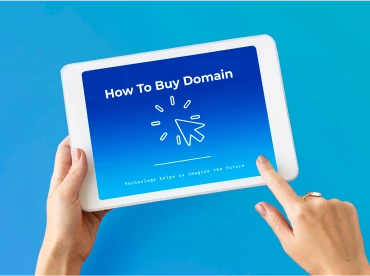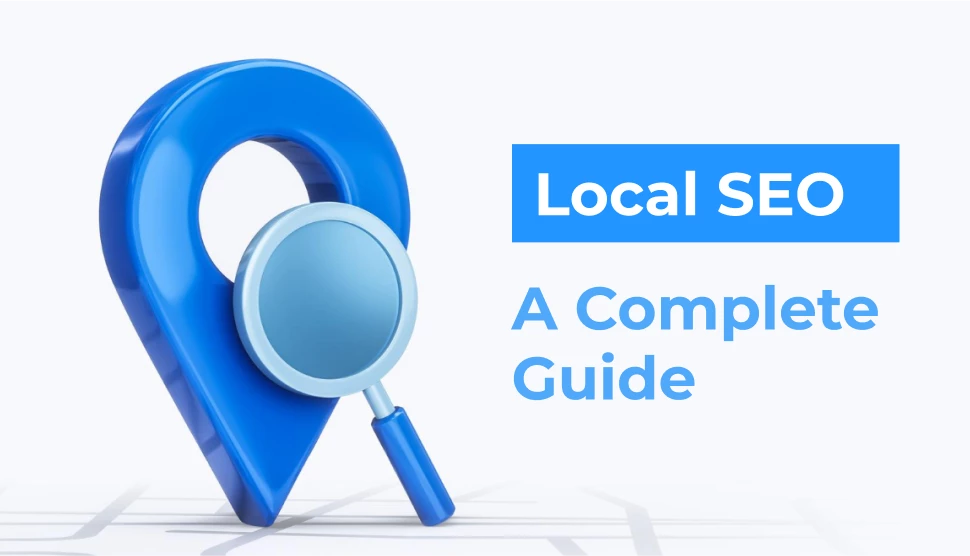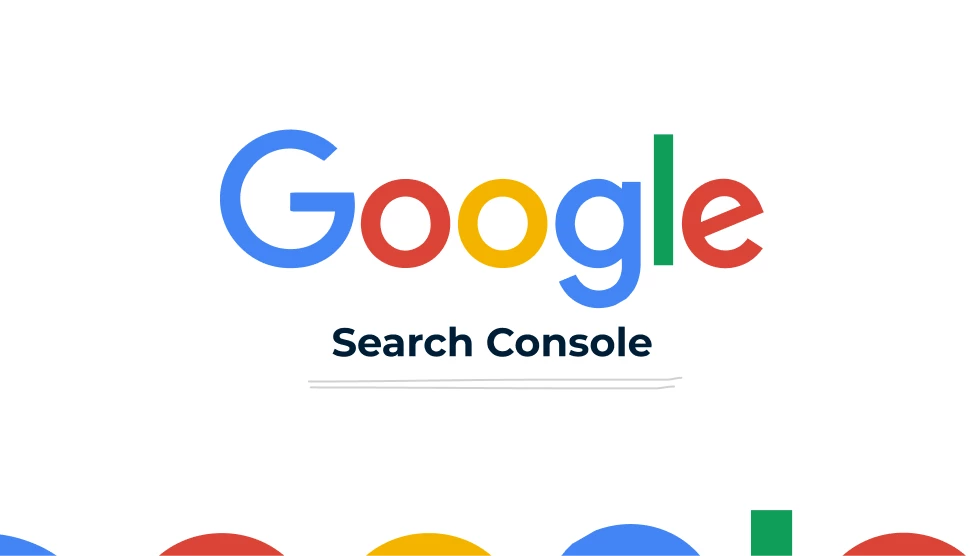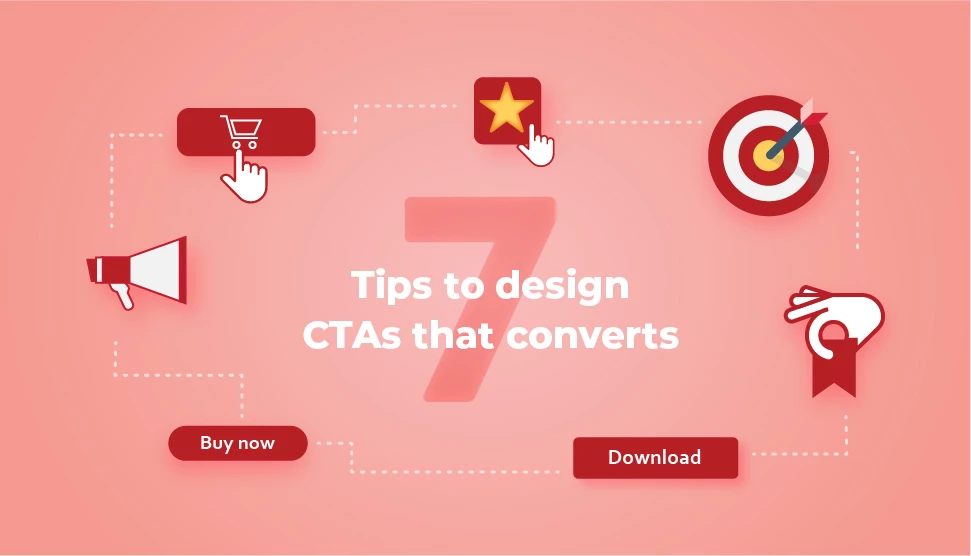Top 11 do's and don'ts for on-page SEO
5 mins | Dec 15, 2021
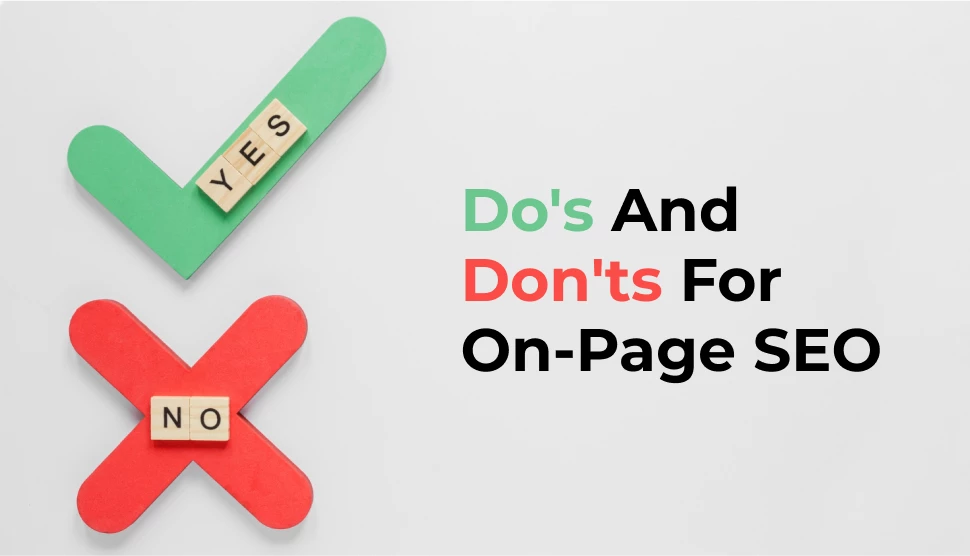
Table of Contents
1. Introduction
2. Top 11 do’s for a perfect on-page SEO strategy
3. Top 11 don’ts for a perfect on-page SEO strategy
4. Conclusion
Introduction
Learning SEO is now necessary for all kinds of roles. No one wants to see their website go down in SERP in any condition. On-page SEO is easy to cover by editing or updating the website. You have to follow some basic rules of SEO. Try to learn SEO by yourself and improve in this digital world.
Getting a good ranking on Google pages by upgrading on-page SEO is more complex. It needs careful attention while we implement SEO factors. On the Internet, there are many different on-page SEO strategies you can find for upgrading your website. But remember, the Google guidelines do not agree on all kinds of SEO strategies that you see on the Internet.
In this blog, we introduce you to simple factors that may affect your on-page SEO. We provide you with 11 dos and don'ts in on-page SEO. These dos and don'ts cover details of on-page SEO with guidelines.
Top 11 do’s for a perfect on-page SEO strategy
1. Keyword Research:
This process involves choosing the most relevant and high-ranking keywords for your content. It is essential to understand what your target audience is searching for. Use keywords and give the answers to their questions in your content. Profound keyword research can help you create content that ranks well in search engine results pages (SERPs). You can use many free and paid tools for it as well. Also, you can use Google Keyword Planner to find the best keywords.
2. Quality Content:
Creating high-quality, valuable, and engaging content is vital for attracting your target audience. Such content not only provides helpful information but also establishes your authority in the field. Quality content often increases user engagement, shares, and backlinks.
Google constantly notes this rank as how people like your content. So, always focus on providing quality content filled with precise information. Your quality helps to build your authority on Google and develop audience trust as well.
3. Title Tags:
These are HTML elements that specify the title of your web page to the search engine. Use clear and compelling title tags. Place the target keyword in your title tag as well. You are writing the title tag of priority for uploading a blog post or article. It directly informs Google about what kind of content this is. Also, titles help to identify the type of content provided by your website. A good title tag acts as a short summary of the content. An interesting title tag can also boost click-through rates on your webpage.
4. Meta Descriptions:
These brief text sections give an overview of the information on a webpage. You are writing strong meta descriptions that fully reflect the content. A well-crafted meta des cription can improve your click-through rates in search results. Improve the meta description to cover all the information about your blog and service. Remember to use your focus keyword in your meta description for a better result.
5. Heading Tags:
Heading tags, like H1, H2, H3, etc., help organize the structure of a webpage's content. They make the content easier to read and understand. Using the right heading tags can guide users through the main sections and key points of your article. Using heading tags effectively gives users and search engines a clear and structured overview of the content. The heading highlights the main ideas and concepts in your article.
6. Internal Linking:
By adding links to your website, you help with exploration and improving the user experience. Internal links are essential in content discovery and getting traffic to your website. Internal links allow users to navigate between different pages and sections of your website easily.
Additionally, internal linking also helps search engines understand the structure of your website.
7. Image Optimization:
With images, your website is more attractive and engaging to users. Optimize content images by using clear file names and necessary alt tags. Proper file sizes are most important for reducing image loading time and opening your page quickly. Use content-related images to enhance the user experience and make the website attractive.
8. Mobile Optimization:
Mobile optimization is vital in the modern media world. The growing use of smartphones and tablets requires websites to be easily navigable on these devices. By adjusting your site to different screen sizes, you create a seamless and enjoyable experience for users. A mobile-friendly website always has a good impact on your SEO rankings. It helps boost visitors to your website quickly.
9. Page Loading Speed:
Increasing page loading speed provides a positive user experience. Easy-loading websites improve search engine rankings. Tricks such as image compression and minimizing server response time can help make a website speedy. Also, fast-loading websites have lower bounce rates, and people like to explore the site when it loads quickly.
10. URL Structure:
Clear and descriptive URLs help users and search engines. Relevant keywords in the URL are essential. They show what the page is about to the search engine. It also boosts search engine visibility by adding keywords to the URL. Simple URLs make it easy for everyone to understand. They know what to look for on the page just by looking at the web address.
11. Schema Markup
Using schema markup for structured data is important. It helps search engines understand your content in depth. This can make rich snippets show up in search results. Adding more information about your content with schema markup can improve the chances of your website appearing in those rich snippets. This can lead to more people clicking on your site and finding it in search results more easily.
Top 11 don’ts for a perfect on-page SEO strategy
1. Keyword Stuffing:
Overusing keywords can make your content hard to read and tedious. Keyword stuffing may generate search engine penalties as well. Focus on creating high-quality content with naturally relevant keywords.
Provide genuine and valuable content to your audience. A balance between incorporating keywords and maintaining readability is more important for your content quality.
2. Upload Duplicate Content:
Check the plagiarism score of your entire content before uploading. Having the same content on multiple pages or domains can confuse search engines. Duplicate content affects your website's visibility and authority. Regularly run content audits to identify and rectify any instances of duplicate content. Always improve your content for the website's credibility and visibility in search engine rankings.
3. Cloaking:
Cloaking has often been considered an unethical SEO technique. Displaying different content to search engines and users by cloaking is again a Google rule. Your domain has to pay a penalty for this. Sometimes, you can lose your website if Google proves your content needs to be corrected. Also, people will never visit your website if you do this. Never take a risk of this kind from the Internet to improve your website ranking. This costs you more than you think, and you can lose your website for a lifetime.
4. Hidden Text:
Hidden text is text on a webpage that users can't see but is there to boost content. This can be done by matching the text colour to the background, placing text behind images, or using CSS to hide it off-screen. Search engines are smart enough to detect your hidden text. If you hide your text on your website, you have to pay a penalty for this. Also, in some cases, Google removes your website. Please provide proper content to rank your website and gain the audience's trust.
5. Poor User Experience:
User experience is key to keeping visitors happy with your website. Annoying things like intrusive interstitials, too many pop-ups, and irrelevant content can annoy your website. Users are frustrated and leave your site, which tells search engines that your site might differ from what they want. This can be the reason for lower search rankings. To improve the user experience, focus on making a website that's easy to use. Avoid anything that disrupts how users browse your site. Provides great content and is simple to navigate.
6. Broken Links:
Broken links can be a problem for users and make your website look bad. When people click on a broken link, they can get frustrated and see your site as unsafe. Search engines also see broken links as a sign that your website needs to be better maintained. This thing can lower your search rankings.
It's important to regularly check for broken links and fix them to make sure users have a smooth experience. A smooth-running website on the user side gives search engines positive signals about the website.
7. Overlooking Analytics:
Analytics data means understanding how users interact with your site and how your content performs. By paying attention to this data, you can see what users like and don't, which helps you make smart decisions and improve your SEO strategy to suit your audience better. Ignoring this data means you might miss chances to make your website better.
Overlooking analytics can reduce its performance and visibility in search results. Regularly check and use analytics to stay competitive and keep your website effective and relevant for users and search engines.
8. Ignoring Page Updates:
Forgetting to update your website can generate problems. Google found that old information had less engagement and lower search rankings. Search engines prefer it when content is fresh. So, not updating your site can make them rank it lower. Make sure to update your content regularly on your website. Follow the latest design trends and improve your website's work to stay relevant and competitive. By always giving users valuable, up-to-date content, you can ensure your website is a trustworthy and reliable (How to build brand trust through content marketing) source of information for your audience.
9. Ignoring Mobile Optimization:
It's important to make sure your website works smoothly on mobile devices. Mobile devices lead to more traffic than computers nowadays. If you don't optimize your site for mobile, mobile users might not visit your website again. Also, search engines don't allow your website to appear first when some mobile user finds something. To avoid this, make your website design adjust to different screen sizes, load quickly, and be easy to use on mobile. By doing this, you'll stay ahead in search results and make your website reliable and user-friendly.
10. Overlooking Alt Tags:
Alt tags are important because they provide text descriptions for images. Alt tags help search engines understand what the images are about. If you don't use alt tags, your images might not show up in search results, which can negatively impact how visible and accessible your website is. By using descriptive and relevant alt tags for your images, you can improve the user experience. Alt tags also make your website's content more complete and informative for everyone, which is great for users and search engines.
11. Ignoring Local SEO:
Local SEO is really important if you want to attract local customers. You must pay attention to local SEO to show up for people in your area. You could take advantage of local customers from your area. To improve your local visibility, make sure to use local keywords and create content that's specific to your area. Manage your local business listings on the website. By doing this, you can ensure more local people find your website.
Focusing on what local users want can make you a big deal in your community and help you get more local customers, which is great for your website.
Conclusion
Improving your Google page rankings with smart on-page SEO techniques: While various strategies are available that follow Google's rules, our blog has outlined simple dos and don'ts in on-page SEO. To boost your website's visibility, make sure you work with SEO. Follow the points that I have used to score my website's ranking. Also, ignore the repeat of the same mistakes noted in this blog. This guideline will help you do good on-page SEO for your website. These notes help you to check your SEO tricks.
By implementing smart on-page SEO techniques, you can improve your website's Google page rankings. Our blog provides a comprehensive list of dos and don'ts that adhere to Google's guidelines. Following these points will not only boost your website's visibility but also prevent you from making repetitive mistakes. Take advantage of this guideline to enhance your on-page SEO and ensure your website is optimized effectively.
Author


